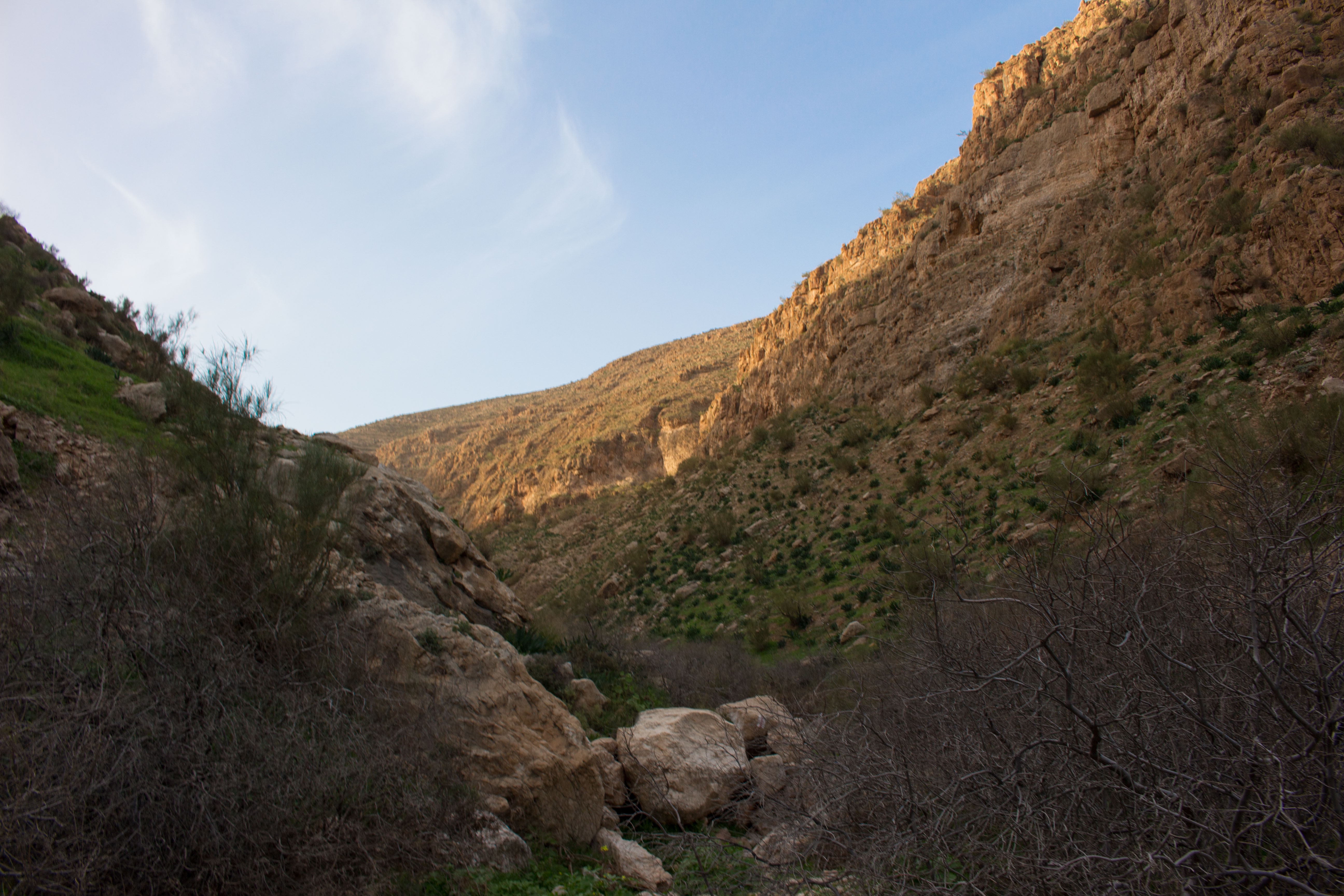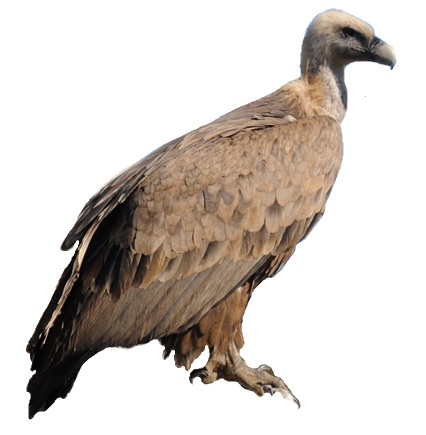|
Wadi Auja
Wadi Auja (), also spelled Ouja, known in Hebrew as Nahal Yitav () is a valley or stream ( ', " wadi"), in the West Bank, originating near the Ein Samia spring and flowing to Al-Auja near Jericho before it runs into the Jordan River. Name "Al-auja" means "the meandering one". This should not be confused with the Yarkon River in Israel which flows to the Mediterranean Sea in Tel Aviv, known in Arabic by the name "Nahr al-Auja". During World War I this coincidence led to the term of "the line of the two Aujas", referring to a strategic line connecting the two river valleys. The Hebrew name is based on the Israeli settlement Yitav, founded in 1970 on the northern river bank, next to the Palestinian village of Al-Auja. "Yitav" is an acronym for Yad Yitzhak Tabenkin. Geography Wadi Auja is 35 kilometers long and sets the boundary between the Desert and the eastern hillslopes of the West Bank. It has a drainage area of 200 square kilometers and descends from a height of approxim ... [...More Info...] [...Related Items...] OR: [Wikipedia] [Google] [Baidu] |
Jordan Rift Valley
The Jordan Rift Valley, also Jordan Valley ( ''Bīqʿāt haYardēn'', Al-Ghor or Al-Ghawr), is an elongated endorheic basin located in modern-day Israel, Jordan and the West Bank, Palestine. This geographic region includes the entire length of the Jordan River – from its sources, through the Hula Valley, the Korazim block, the Sea of Galilee, the Jordan Valley (Middle East), (Lower) Jordan Valley, all the way to the Dead Sea, the lowest land elevation on Earth – and then continues through the Arabah depression, the Gulf of Aqaba whose shorelines it incorporates, until finally reaching the Red Sea proper at the Straits of Tiran. History and physical features The Jordan Rift Valley was formed many millions of years ago in the Miocene epoch (23.8 – 5.3 Myr ago) when the Arabian plate moved northward and then eastward away from Africa. One million years later, the land between the Mediterranean Sea, Mediterranean and the Jordan Rift Valley rose so that the sea water stoppe ... [...More Info...] [...Related Items...] OR: [Wikipedia] [Google] [Baidu] |
Wadis Of The West Bank
Wadi ( ; ) is a river valley or a wet (ephemeral) riverbed that contains water only when heavy rain occurs. Wadis are located on gently sloping, nearly flat parts of deserts; commonly they begin on the distal portions of alluvial fans and extend to inland sabkhas or dry lakes. Permanent channels do not exist, due to lack of continual water flow. Water percolates down into the stream bed, causing an abrupt loss of energy and resulting in vast deposition. Wadis may develop dams of sediment that change the stream patterns in the next flash flood. Wadis tend to be associated with centers of human population because sub-surface water is sometimes available in them. Nomadic and pastoral desert peoples will rely on seasonal vegetation found in wadis, even in regions as dry as the Sahara, as they travel in complex transhumance routes. The centrality of wadis to water – and human life – in desert environments gave birth to the distinct sub-field of wadi hydrology in the 1990s. E ... [...More Info...] [...Related Items...] OR: [Wikipedia] [Google] [Baidu] |
Bedouin
The Bedouin, Beduin, or Bedu ( ; , singular ) are pastorally nomadic Arab tribes who have historically inhabited the desert regions in the Arabian Peninsula, North Africa, the Levant, and Mesopotamia (Iraq). The Bedouin originated in the Syrian Desert and Arabian Desert but spread across the rest of the Arab world in West Asia and North Africa after the spread of Islam. The English word ''bedouin'' comes from the Arabic ''badawī'', which means "desert-dweller", and is traditionally contrasted with ''ḥāḍir'', the term for sedentary people. Bedouin territory stretches from the vast deserts of North Africa to the rocky ones of the Middle East. They are sometimes traditionally divided into tribes, or clans (known in Arabic as ''ʿašāʾir''; or ''qabāʾil'' ), and historically share a common culture of herding camels, sheep and goats. The vast majority of Bedouins adhere to Islam, although there are some fewer numbers of Christian Bedouins present in the Fertile Cres ... [...More Info...] [...Related Items...] OR: [Wikipedia] [Google] [Baidu] |
Wadi Qelt
Wadi Qelt (; Qelt is also spelled Qilt and Kelt, sometimes with the Arabic article, el- or al-), in Hebrew Nahal Prat (), formerly Naḥal Faran (Pharan brook), is a valley, riverine gulch or stream ( ', " wadi"; , "nahal") in the West Bank, originating near Jerusalem and running into the Jordan River near Jericho, shortly before it flows into the Dead Sea. Wadi Qelt is currently the generic name used for the entire stream, but in Arabic each sections has its own name: the upper course is called Wadi Fara, the middle one - Wadi Fawar, and just the lower - Wadi Qelt. The wadi attracts with a number of natural, biblical, and archaeological highlights: a well preserved natural environment with a rich wild bird population. Geography The stream flowing eastwards down the valley that cuts through the limestone of the Judean Mountains, has three perennial springs, each with an Arabic and Hebrew name: 'Ayn Farah/En Prat, the largest one at the head of the valley; 'Ayn Fawar/En Mab ... [...More Info...] [...Related Items...] OR: [Wikipedia] [Google] [Baidu] |
Israel
Israel, officially the State of Israel, is a country in West Asia. It Borders of Israel, shares borders with Lebanon to the north, Syria to the north-east, Jordan to the east, Egypt to the south-west, and the Mediterranean Sea to the west. Israeli-occupied territories, It occupies the Occupied Palestinian territories, Palestinian territories of the West Bank in the east and the Gaza Strip in the south-west. Israel also has a small coastline on the Red Sea at its southernmost point, and part of the Dead Sea lies along its eastern border. Status of Jerusalem, Its proclaimed capital is Jerusalem, while Tel Aviv is the country's Gush Dan, largest urban area and Economy of Israel, economic center. Israel is located in a region known as the Land of Israel, synonymous with the Palestine (region), Palestine region, the Holy Land, and Canaan. In antiquity, it was home to the Canaanite civilisation followed by the History of ancient Israel and Judah, kingdoms of Israel and Judah. Situate ... [...More Info...] [...Related Items...] OR: [Wikipedia] [Google] [Baidu] |
Israeli Occupation Of The West Bank
The West Bank, including East Jerusalem, has been under military occupation by Israel since 7 June 1967, when Israeli forces captured the territory, then ruled by Jordan, during the Six-Day War. The status of the West Bank as a militarily occupied territory has been affirmed by the International Court of Justice and, with the exception of East Jerusalem, by the Israeli Supreme Court. The West Bank, excepting East Jerusalem, is administered by the Israeli Civil Administration, a branch of the Israeli Ministry of Defense. Considered to be a classic example of an "intractable conflict", Israel's occupation is now the longest in modern history. Though its occupation is illegal, Israel has cited several reasons for retaining the West Bank within its ambit: historic rights stemming from the Balfour Declaration; security grounds, both internal and external; and the area's symbolic value for Jews. Israel has controversially, and in contravention of international law, establis ... [...More Info...] [...Related Items...] OR: [Wikipedia] [Google] [Baidu] |
Perennial Plant
In horticulture, the term perennial (''wikt:per-#Prefix, per-'' + ''wikt:-ennial#Suffix, -ennial'', "through the year") is used to differentiate a plant from shorter-lived annual plant, annuals and biennial plant, biennials. It has thus been defined as a plant that lives more than 2 years. The term is also loosely used to distinguish plants with little or no woody growth (secondary growth in Tree girth measurement, girth) from trees and shrubs, which are also technically ''perennials''. Notably, it is estimated that 94% of plant species fall under the category of perennials, underscoring the prevalence of plants with lifespans exceeding two years in the botanical world. Perennials (especially small flowering plants) that grow and bloom over the spring and summer, die back every autumn and winter, and then return in the spring from their rootstock or other overwintering structure, are known as Herbaceous plant, herbaceous perennials. However, depending on the rigours of the loca ... [...More Info...] [...Related Items...] OR: [Wikipedia] [Google] [Baidu] |
Birds Of Prey
Birds of prey or predatory birds, also known as (although not the same as) raptors, are hypercarnivorous bird species that actively predation, hunt and feed on other vertebrates (mainly mammals, reptiles and smaller birds). In addition to speed and strength, these predators have bird vision, keen eyesight for detecting prey from a distance or during flight, strong feet with sharp talon (anatomy), talons for grasping or killing prey, and powerful, curved beaks for tearing off flesh. Although predatory birds primarily hunt live prey, many species (such as fish eagles, vultures and condors) also scavenge and eat carrion. Although the term "bird of prey" could theoretically be taken to include all birds that actively hunt and eat other animals, ornithologists typically use the narrower definition followed in this page, excluding many piscivorous predators such as storks, Crane (bird), cranes, herons, gulls, skuas, penguins, and kingfishers, as well as many primarily insectivorous bir ... [...More Info...] [...Related Items...] OR: [Wikipedia] [Google] [Baidu] |
Keter Publishing House
Keter or Kether (; ) is the first of the ten sefirot in the Kabbalistic Tree of Life, symbolizing the divine will and the initial impulse towards creation from the ''Ein Sof'', or infinite source. It represents pure consciousness and transcends human understanding, often referred to as "Nothing" or the "Hidden Light". Keter is associated with the divine name "'' Ehyeh Asher Ehyeh''" (), meaning "I Am that I Am", which was revealed to Moses from the burning bush, and it embodies the qualities of absolute compassion and humility. Its meaning is "crown", and it is interpreted as both the "topmost" of the Sefirot and the " regal crown" thereof. Keter is positioned at the top of the Tree of Life, sitting above and between Chokmah on the right and Binah on the left, and above Tiferet. It is often depicted with three primary paths: one leading to Chokmah, another to Binah, and the third to Tiferet. This positioning highlights its role as the source from which wisdom (Chokmah) and un ... [...More Info...] [...Related Items...] OR: [Wikipedia] [Google] [Baidu] |
Archelais
Archelaïs () was a town in the Roman province of Judaea/ Palaestina, corresponding to modern ''Khirbet el-Beiyudat'' (also spelled ''Khirbat al-Bayudat''). It was founded by Herod the Great's son Archelaus to house workers for his date plantation in the Jericho area. It is represented on the Madaba mosaic map with a towered entrance flanked by two other towers. Geography Archelaïs was located about 7.5 miles north of Jericho, on the road leading to Scythopolis. History Archelais was founded by Archelaus, son of Herod the Great and ethnarch of Judea, Samaria, and Idumea. Salome bequeathed it to Livia in her will. Agrippa I, king of Judaea in the early 40s CE, established a road station at Archelais. In Christian times, the town became a bishopric. The names of two of its bishops: Timotheus, who took part in two anti-Eutyches synods held in Constantinople in 448 and 449, and Antiochus, who was at the Council of Chalcedon in 451. No longer a residential bishopric, Archel ... [...More Info...] [...Related Items...] OR: [Wikipedia] [Google] [Baidu] |






